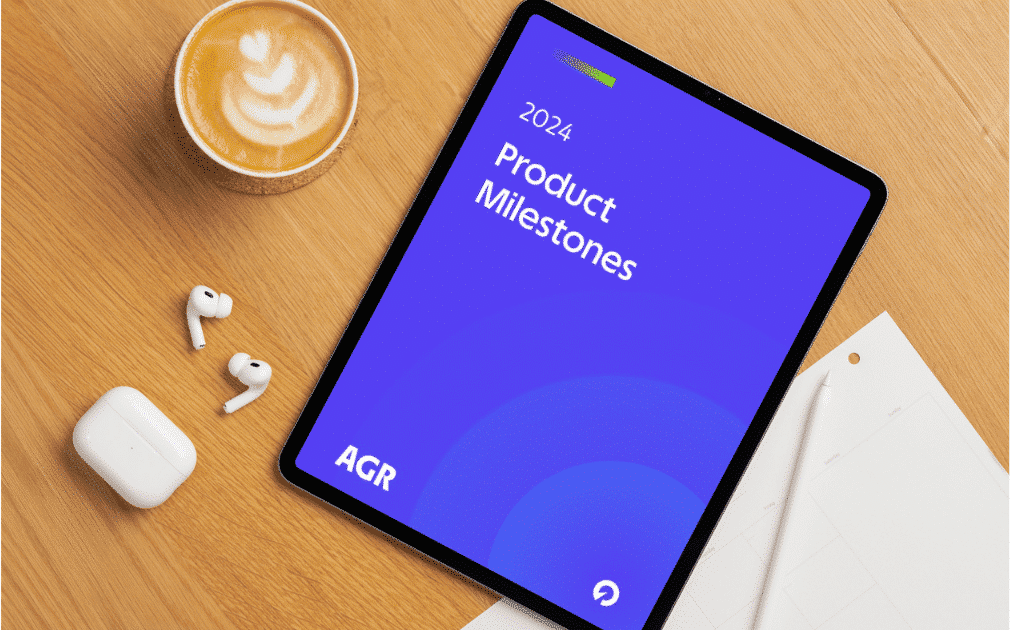How do you consistently achieve high service levels without carrying large volumes of safety stock for each inventory item?
Hitting those rates of order fulfilment starts with inventory classification.
Like so many models, the wholesale and distribution approach is based on the Pareto Principle. This 80/20 rule assumes that 80% of the value of the business is derived from 20% of the stock.
The items in this 20% are the ‘vital few’. Keeping this ratio in mind is important when prioritising which items to carry to fulfil demand and meet service level targets.
This theory lies behind ABC inventory analysis and classification.
Simple as ABC
ABC classification typically divides inventory into 3 groups based on value to the business:
- A (most important): this is the smallest category and consists of the items that contribute the most value
- B (fairly important): generally a slightly larger group of products that contribute value to a lesser degree than those in category A
- C (least important): typically the largest category, where products contribute the least value to the bottom line.
Ranking stock in this way enables better focus on the balance of volume of items being carried. A items are prioritised to ensure better availability than those in categories B and C.
A more advanced form of classification takes the process a step further to account for demand volatility. This multi-dimensional ABC XYZ method incorporates consideration of the likelihood that demand will vary from the forecast and requires sophisticated models. It is beyond the capability of spreadsheets.
The AGR software enables multi-dimensional analysis and carries it out automatically. It prioritises which inventory items to carry based on criteria including demand types, pick frequency, demand volatility and cost to sell (profitability). The software can set dynamic stocking policies and adjust reordering parameters at SKU level.
Inventory optimization releases working capital
This level of inventory optimization makes it possible to achieve high service levels without carrying large volumes of every SKU. When stock levels of less important (B and C) items are reduced – or even retired altogether depending on product lifecycle – the cash tied up in inventory is reduced and warehouse space is saved.
Optimizing order cycles and quantities can lead to further inventory reduction but this requires a high degree of forecast accuracy to deal with fluctuations in demand. AGR’s powerful forecasting engine achieves this by automatically applying the appropriate methodology to deal with emerging patterns of demand at SKU level. It can also calculate optimum order quantities based on minimum order quantities (MOQs) and order cycles.
By automating the areas of the forecasting and replenishment process that don’t require human judgement or innovation, teams using the AGR software develop the capacity to order as frequently as required in response to changing demand. They have the human resource available to manage by exception and are prompted by the software to make informed and timely decisions as required.
Take Newitts, who wanted to be able to forecast smarter. Implementing the AGR software led to a 15% reduction in stock holdings, a 50% reduction of resource required to manage inventory, a ROI within 6 months and a platform that will ensure a more efficient, productive and profitable business in the future.
To find out exactly how much difference the AGR software could be making to not just your inventory management but also your bottom line, get in touch today.



